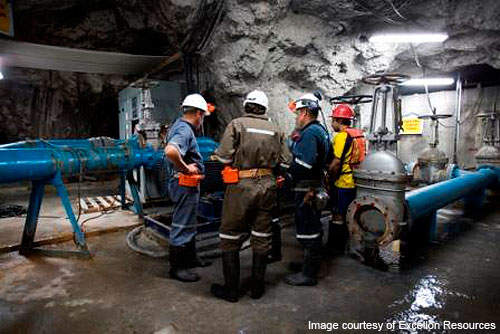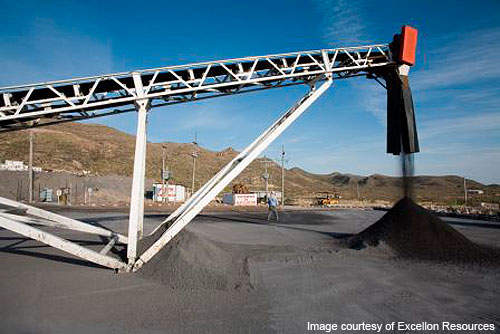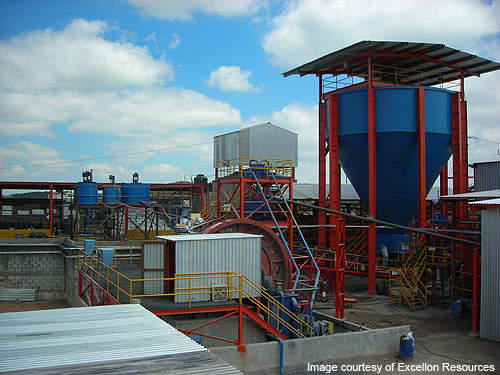The Platosa mine is a high-grade silver, lead and zinc deposit in Mexico. Located 5km north-west of the town of Bermejillo in the state of Durango, Platosa is a 24,065ha property owned by Excellon Resources. It has been in production since 2005.
Mine production was halted for 14 days in August 2010 when water inflow occurred due to an intersection of a water-bearing fault.
Production resumed on 1 September on a limited scale after the water flow was sealed. The company has initiated intensive grouting to seal off such faults. The work will involve the drilling and grouting of 25m-50m sub-horizontal holes in preparation of certain production and development headings.
The company aims to return to previous production levels and grades at the earliest opportunity in 2011. Production was low in the third quarter of 2010 at 12,391t.
In November 2010 the company announced its option of acquiring a 60% interest in a 17,000ha property owned by Canada-based Sundance Minerals. The property, located west of Platosa and contiguous with certain sections of the mine, will be operated initially by Sundance Minerals in cooperation with the exploration team of Excellon. The company will make an initial payment of $50,000 and will spend $1.5m over the next three years towards exploration expenditures.
Reserves
The mine contains 0.57mt of indicated resources graded at 909g/t silver, 9.09% lead and 10.51% zinc. Inferred resources at the mine have been estimated to be 0.16mt grading at 731g/t silver and 7.44% lead and 7.57% zinc.
Geology
The mine lies within the Mexican carbonate replacement deposit (CRD) belt along the north-west/south-east trending axis of large silver and base metal CRD deposits and major vein systems within the belt. CRDs are high-temperature, epigenetic and intrusive sulphide-dominant deposits that are rich in lead, zinc and silver, have major regional geologic features and occur in clusters. The Mexican CRD belt is one of the best-developed clusters of its kind in the world.
The Platosa deposit includes a series of distal CRD ore bodies that occur as horizontal lenses of large and medium silver, lead and zinc suphides, referred to as mantos. The deposit is a large mineralised system and extends up to 8km in length. The property is largely covered by overburden, specifically in areas where the geology is favourable.
Alteration associated with mineralisation and the complexity observed at Platosa bears resemblance to large-scale CRD systems in Mexico that hold between 5mt and 50mt of mineralisation.
The metal content and controls at Platosa are typical of the irregular, high-grade (distal) fringes of replacement systems that host large-scale (proximal) deposits at the centre.
Mining
Mining is largely undertaken at a vertical depth of 132m below the surface. A pair of single boom jumbos is used primarily for development headings. The company also has a small fleet of modern scoop trams and haulage trucks. Mining is carried out at an average rate of 150-200tpd.
The extracted ore is crushed on site and shipped to the company’s concentrator located in the town of Miguel, approximately 220km from the mine. The concentrator processes 300t of high-grade ore a day. It operates on a flexible schedule to match the shipping schedule at Platosa. Silver-lead and silver-zinc concentrates are separately produced and transported to the Manzanillo Pot for sale to an international trader under a long-term contract.




